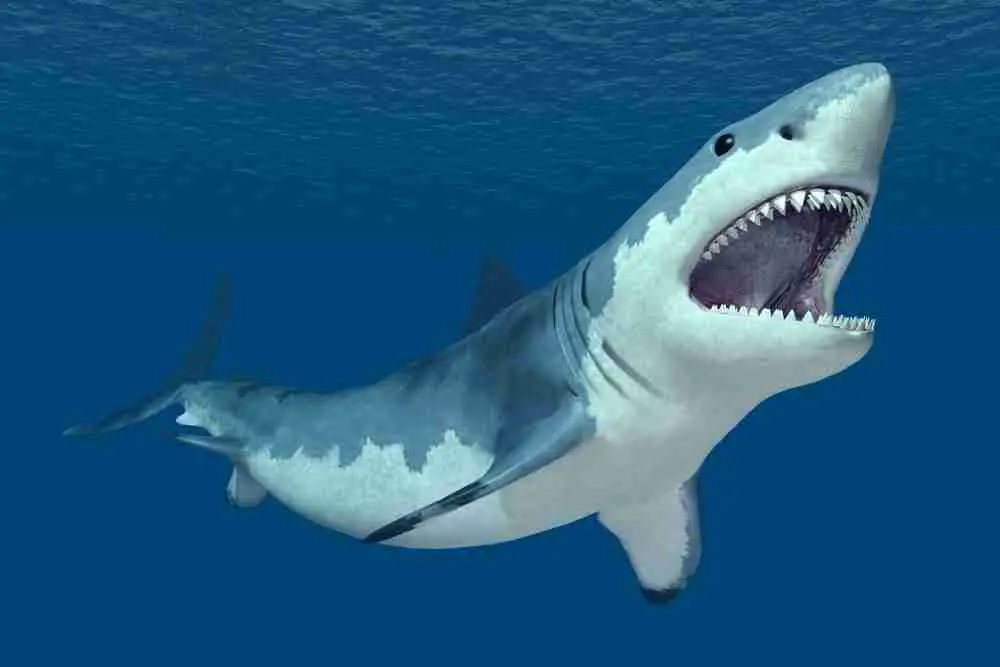The answer to this question is yes, sharks do drink water. Sharks have a number of adaptations that allow them to survive in the marine environment, including their ability to drink saltwater.
Sharks have a specialized organ called a rectal gland that helps them excrete salt from their bodies.
This gland also helps sharks regulate their body temperature and balance their electrolytes. Sharks also have a high tolerance for oxygen deprivation and can survive for long periods of time without air.

Do Sharks Drink Water
No, sharks do not drink water. Sharks get their hydration from the food they eat. Sharks have a set of kidneys that cleanse their blood of waste products, which include urine and salt. Urine is expelled through the cloaca, while salt is excreted through the gills.
Sharks get all of the water they need from the food they eat. Sharks have a unique ability to excrete salt from their bodies through their gills. This allows them to live in saltwater environments without having to drink any water.
Sharks are able to maintain a balance in their body osmosis with the help of a gland that is located near their spinal cord. This gland is responsible for producing a hormone that helps keep the shark’s salt levels regulated.
If the shark were to lose too much salt, they would become hypo-osmotic and die. Sharks also have the ability to excrete excess water from their bodies, which helps keep them from becoming hyper-osmotic.
The concentration of salt in water is one of the most important aspects that determine the osmotic pressure of a solution.
Sharks have to carefully maintain the balance between the salt concentration inside their body and the salt concentration in the surrounding water, or they would become severely dehydrated.
One way sharks do this is by excreting urea, which has a lower osmotic pressure than salt. Urea also contains nitrogen, which is necessary for protein synthesis.
Sharks can adjust their urea production depending on how much salt is present in the surrounding water.
If the water has a high salt concentration, sharks will produce more urea to help keep the balance; if the water has a low salt concentration, sharks will produce less urea.
Another way sharks maintain body osmosis balance is by regulating their drinking habits.
Seawater sharks consume salt, sea salt, and others directly, or indirectly like varieties of freshwater fish by consumption of their food.
Saltwater shark are unable to survive in an environment in which freshwater is predominant due to the lack of osmosis.
Some sharks do not actively drink, but take in seawater through their flesh or skin while ingesting their meals.
Sharks take full advantage of saltwater that’s available to them in their food, however, rather than obtaining a large amount from the ocean.
They’re likewise capable of creating an osmotic gradient in their bodies that’s able to draw from the salty brine of the ocean into their cells and help make urine.
This process happens via an elegant property of salt solutions called osmosis.
Osmosis: When a solution contains a lot of solutes (e.g., salt), a semipermeable membrane (such as leather or gills) filters it from the water in it, precipitating greater quantities of the solution on the sides of the membrane than in the water composition of solutions.
Hydrodynamic principles then dictate that freshwater will move into the membrane and into the saltier water to balance the unbalance in this area.
That’s why, sadly, when slugs touch salt in their environment, the water in their body flows out of their bodies through their skin, and they subsequently dry up.
Fortunately, skin is less permeable, enabling us, humans, to swim freely in the sea. But the skin of the ears and gills is extraordinarily permeable, and fish gills are always in water that contains salt.
This characteristic presents a challenge for creatures that are in charge of balancing their liquid content with their environment.
Typically, the fresh water inside animals is mostly salty (akin to sweat), but it’s still relatively fresh compared with the sea’s high salt levels.
Consequently, marine organisms must make certain they have their own method of protection that does not allow the pull of water.
